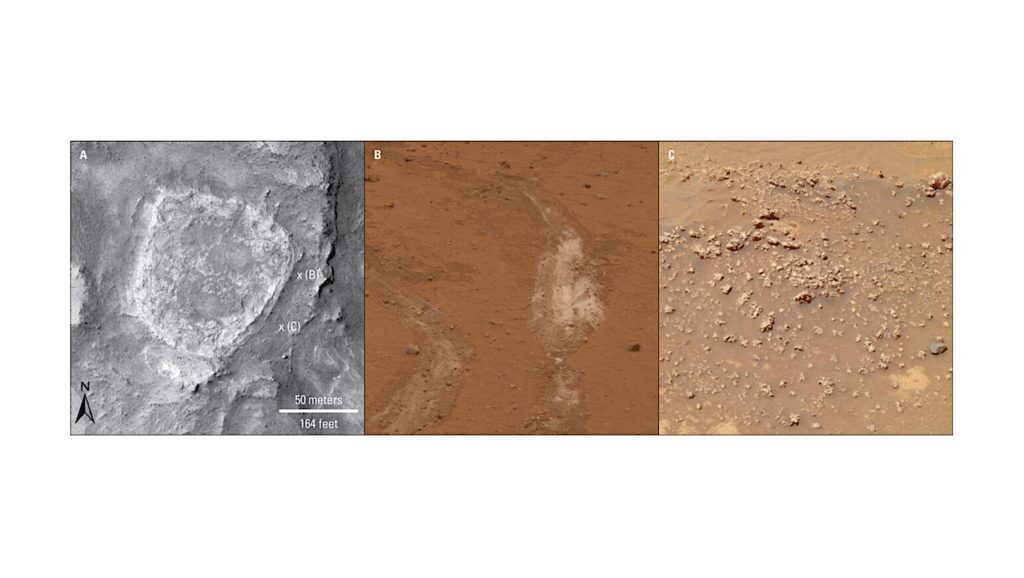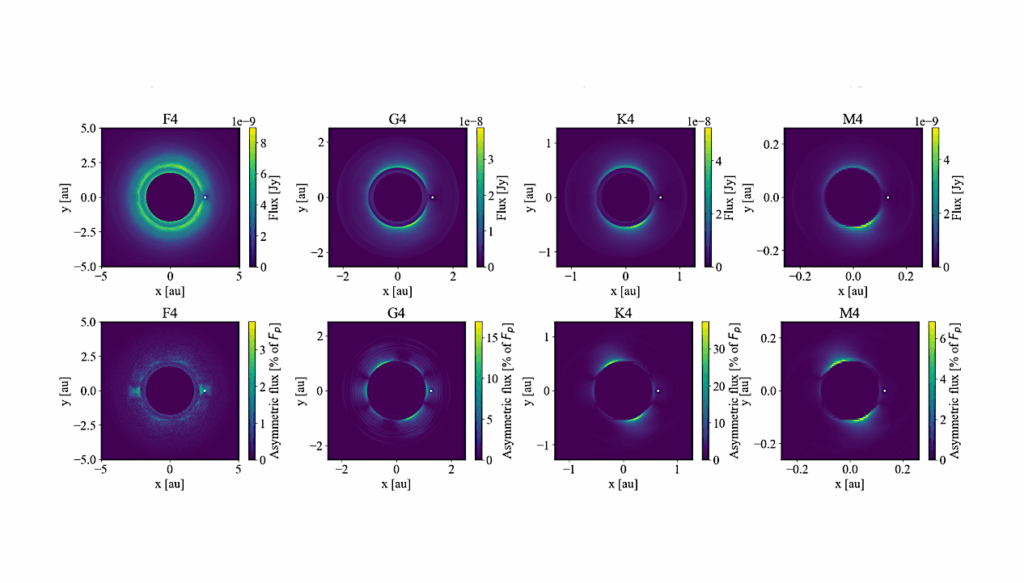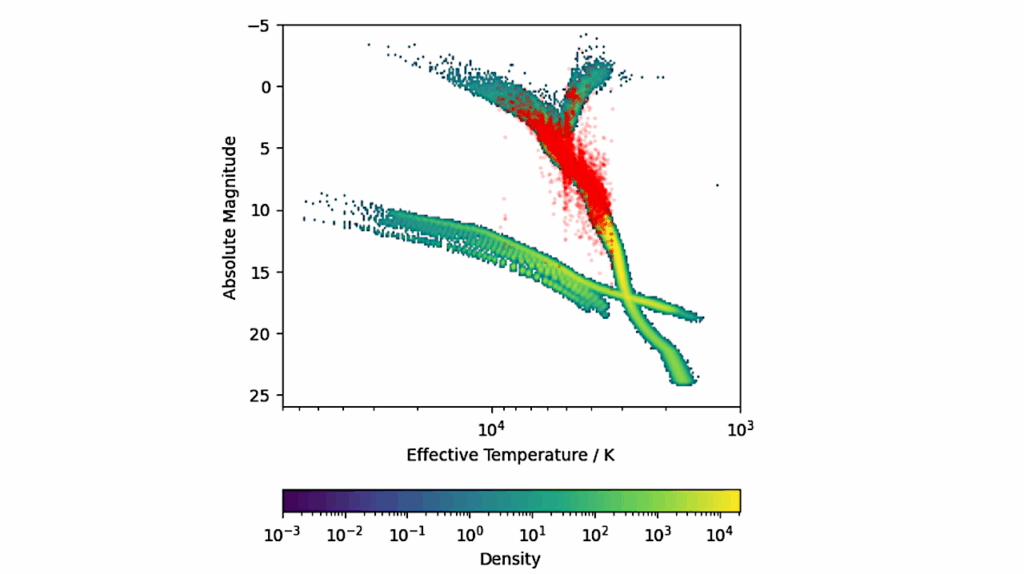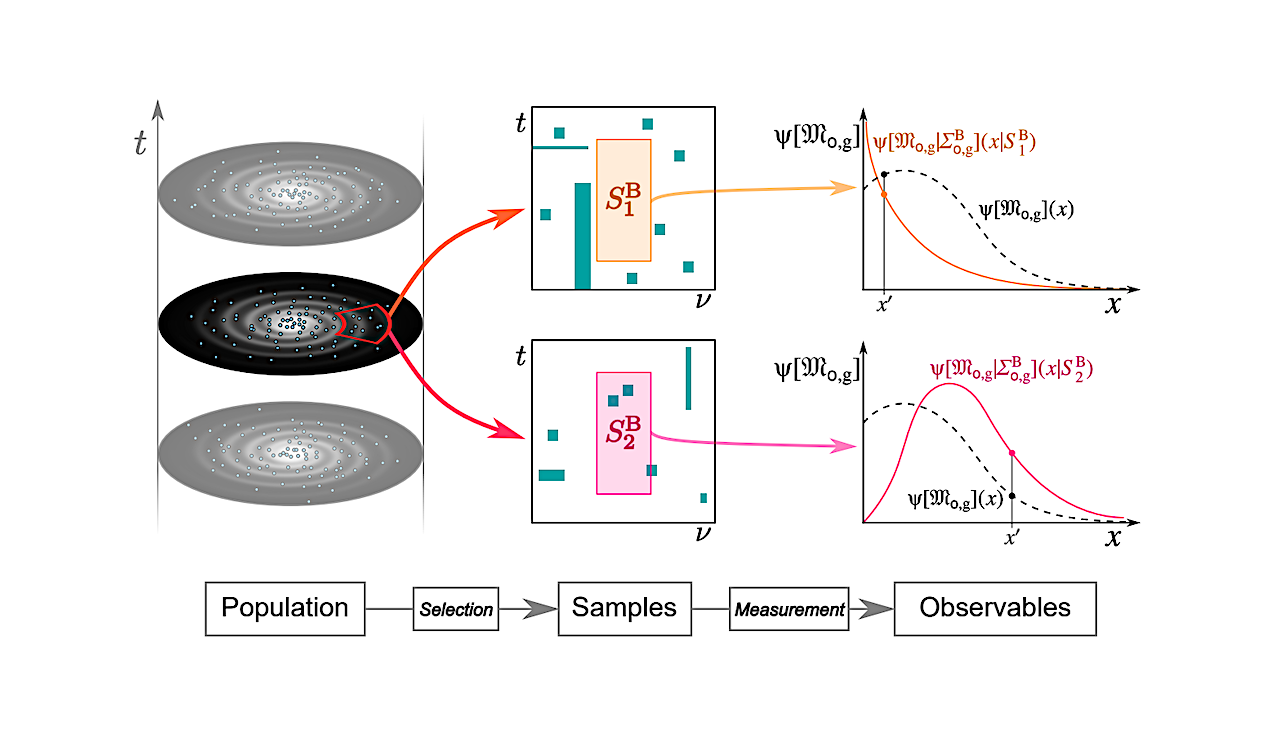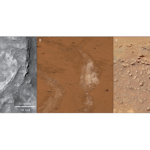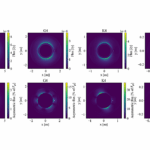Now Reading: Contrasting Genomic Responses of Hydrothermal Vent Animals and Their Symbionts to Population Decline After the Hunga Volcanic Eruption
-
01
Contrasting Genomic Responses of Hydrothermal Vent Animals and Their Symbionts to Population Decline After the Hunga Volcanic Eruption
Contrasting Genomic Responses of Hydrothermal Vent Animals and Their Symbionts to Population Decline After the Hunga Volcanic Eruption
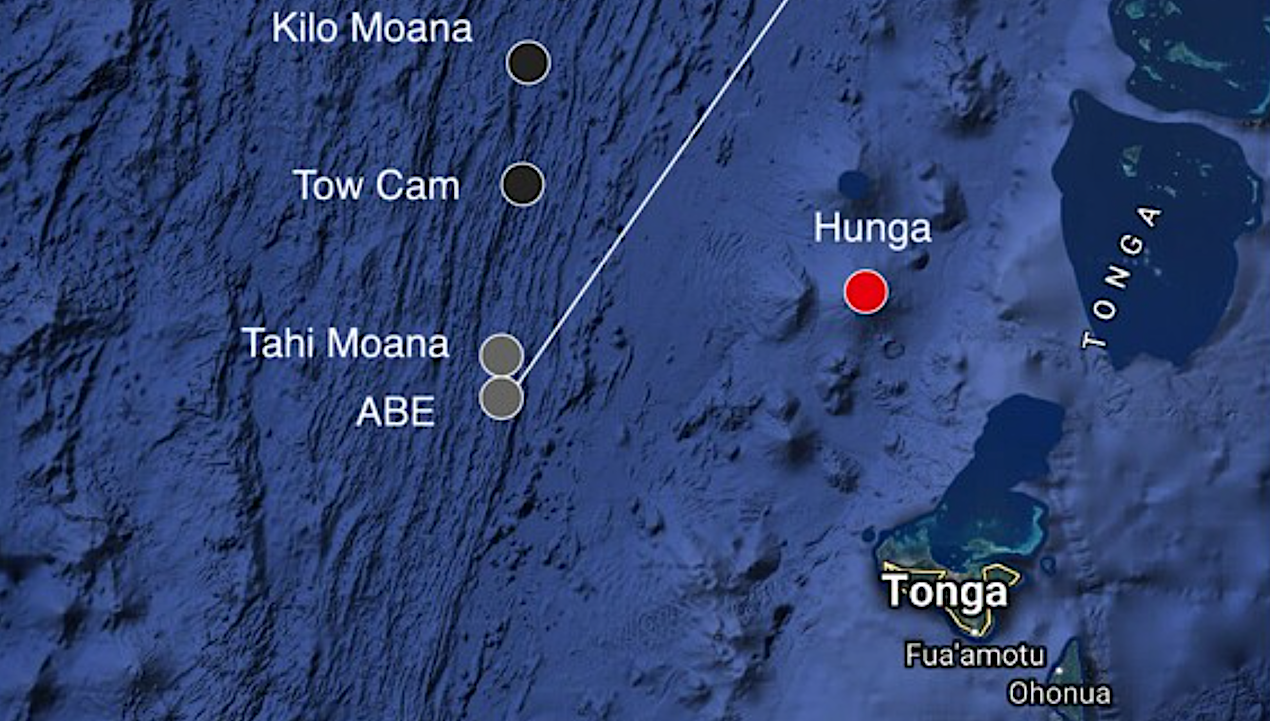

Geographic map of vent field locations Map data 2025 Google. — Molecular Ecology
Genetic bottlenecks are evolutionary events that reduce the effective size and diversity of natural populations, often limiting a population’s ability to adapt to environmental change.
Given the accelerating human impact on ecosystems worldwide, understanding how populations evolve after a genetic bottleneck is becoming increasingly important for species conservation. Ash deposits from the 2022 Hunga volcanic eruption in the Southwest Pacific led to a drastic decline of animal symbioses associated with hydrothermal vents in this region, allowing insights into the effects of population bottlenecks in the deep sea.
Here, we applied metagenomic sequencing to pre- and post-eruption samples of mollusc-microbial symbioses from the Lau Basin to investigate patterns of genetic variation and effective population size. Our data indicate that animal host populations currently show only small changes in genome-wide diversity but in most cases experienced a long-term decline in effective size that was likely intensified by the volcanic impact.
By contrast, host-associated symbiont populations exhibited a notable decrease in genomic variation, including potential loss of certain habitat-specific strains. However, detection of environmental sequences resembling mollusc symbionts suggests that lost host-associated symbiont diversity might be recovered from the free-living symbiont pool.
The differences between host and symbiont populations might be related to their contrasting genetic structures and pre-existing levels of connectivity, although the full extent of population bottlenecks in the host animals might only be recognisable after a few generations.
These results add to our understanding of the evolutionary dynamics of animal-microbe populations following a natural disturbance and help assess their resilience to both natural and anthropogenic impacts.

Geographic map of vent field locations (A) and principal component plots for the Alviniconcha, Ifremeria and Bathymodiolus host species (B–F) and their corresponding symbionts (G–K) based on genomic variant data. Photo insets in panel (A) show healthy mollusc communities at Tu’i Malila (bottom) and ash-covered mollusc communities at ABE (top). Blue colours in the PCA plots indicate samples collected pre-eruption, while red colours denote samples collected post-eruption. Map data 2025 Google. — Molecular Ecology
Contrasting Genomic Responses of Hydrothermal Vent Animals and Their Symbionts to Population Decline After the Hunga Volcanic Eruption, Molecular Ecology
Astrobiology,
Stay Informed With the Latest & Most Important News
-
 012024 in Review: Highlights from NASA in Silicon Valley
012024 in Review: Highlights from NASA in Silicon Valley -
 02Panasonic Leica Summilux DG 15mm f/1.7 ASPH review
02Panasonic Leica Summilux DG 15mm f/1.7 ASPH review -
 03How New NASA, India Earth Satellite NISAR Will See Earth
03How New NASA, India Earth Satellite NISAR Will See Earth -
 04And Thus Begins A New Year For Life On Earth
04And Thus Begins A New Year For Life On Earth -
 05Astronomy Activation Ambassadors: A New Era
05Astronomy Activation Ambassadors: A New Era -
06SpaceX launch surge helps set new global launch record in 2024
-
 07Space Force plans new ‘Futures Command’ amid pressure to speed up modernization
07Space Force plans new ‘Futures Command’ amid pressure to speed up modernization













